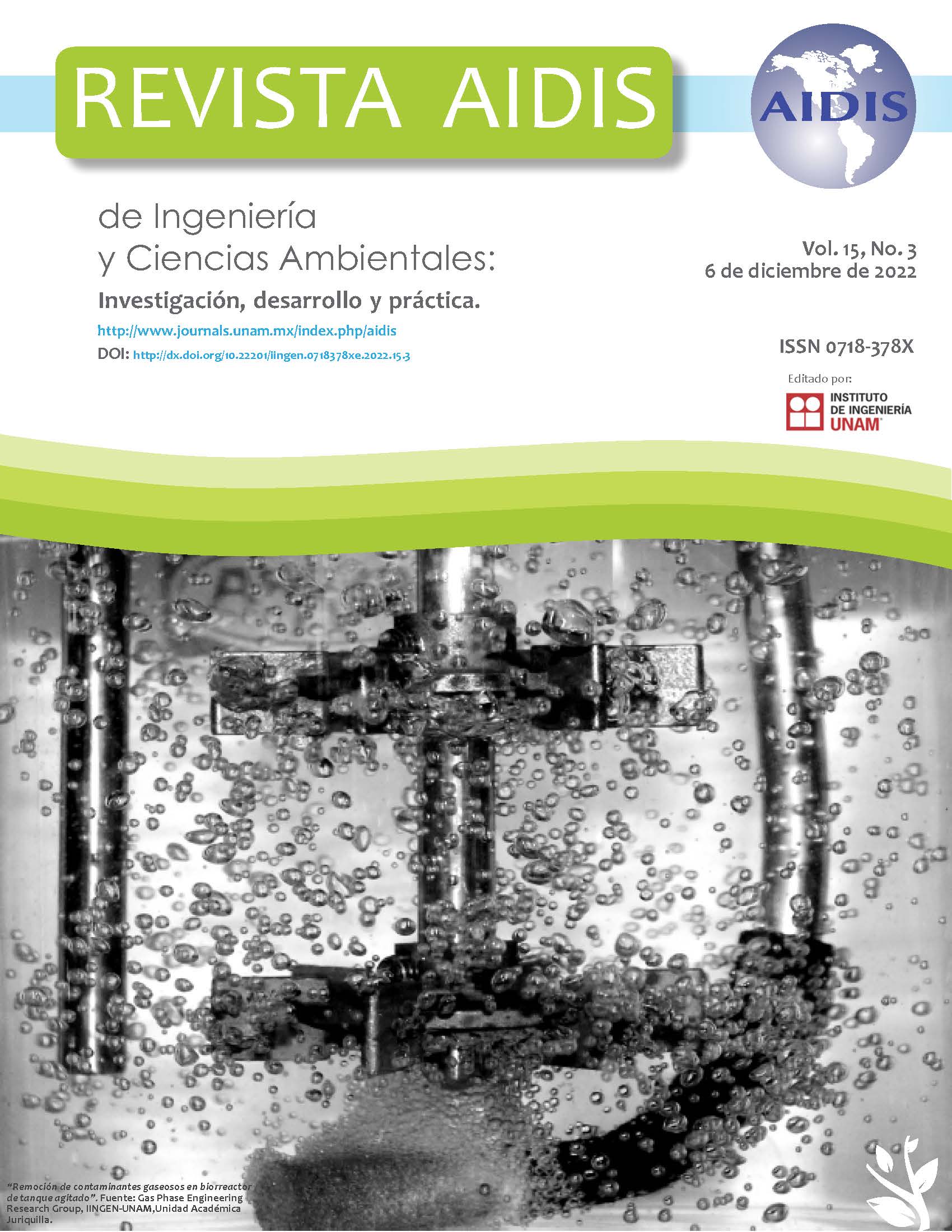WATER SCARCITY AND RAW WATER CHARGES IN THE STATE OF CEARÁ, BRAZIL
Contenido principal del artículo
Resumen
Economic instruments, such as water charges, have been used to promote water conservation and raise funds for basin management. However, there is a need to improve the water collection model in Brazil. The aims of this study were to analyze the evolution of raw water charges in the State of Ceará and verify the effect of drought on the costs and water collection from 2011 to 2019 to answer two questions: does the water collection fulfill its function of financing the water resources system? Is the pricing model flexible to absorb the effects of climate variability? We conducted a content analysis to determine the presence of certain words in selected documents, and then analyzed the costs of system operation. The results show that the payment capacity is lower than the tariff applied to water. The Status Index is negatively correlated with the Administration (ADM) and Operation and Maintenance (O&M) costs. The generated revenue is mainly used to cover the management costs (ADM and O&M); however, it is insufficient to finance the implementation of measures, programs, and projects to improve the water management in respective basins. Thus, a floating tariff should be established in which the water scarcity and effects of climate variability are incorporated.
Detalles del artículo
Citas en Dimensions Service

Esta obra está bajo una licencia internacional Creative Commons Atribución-NoComercial-SinDerivadas 4.0.
